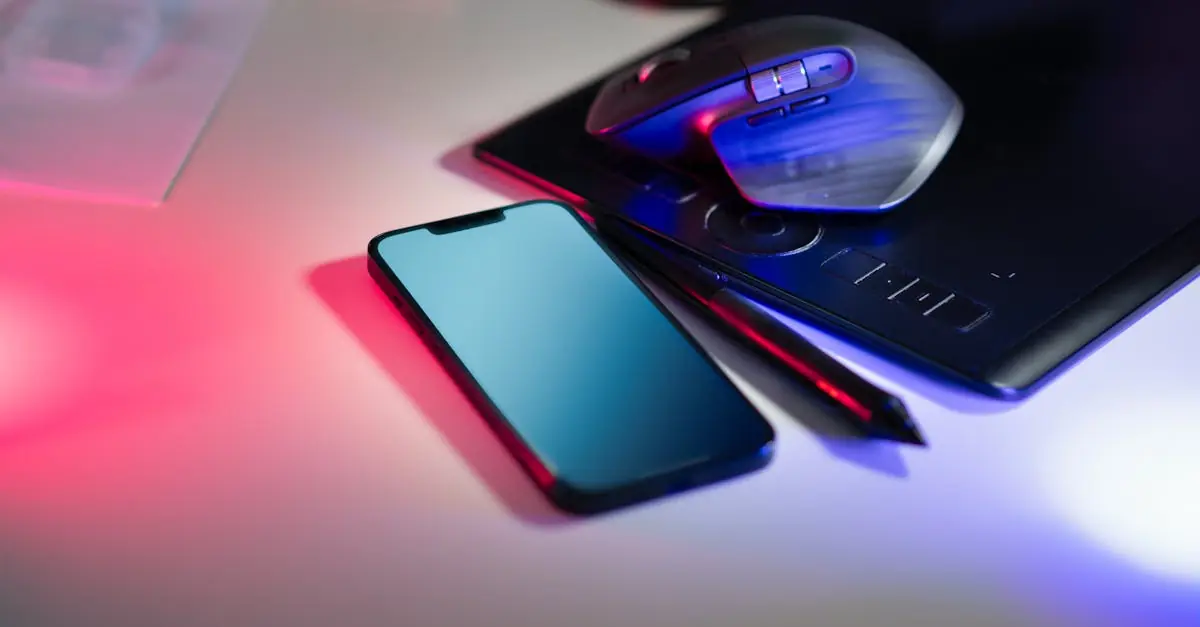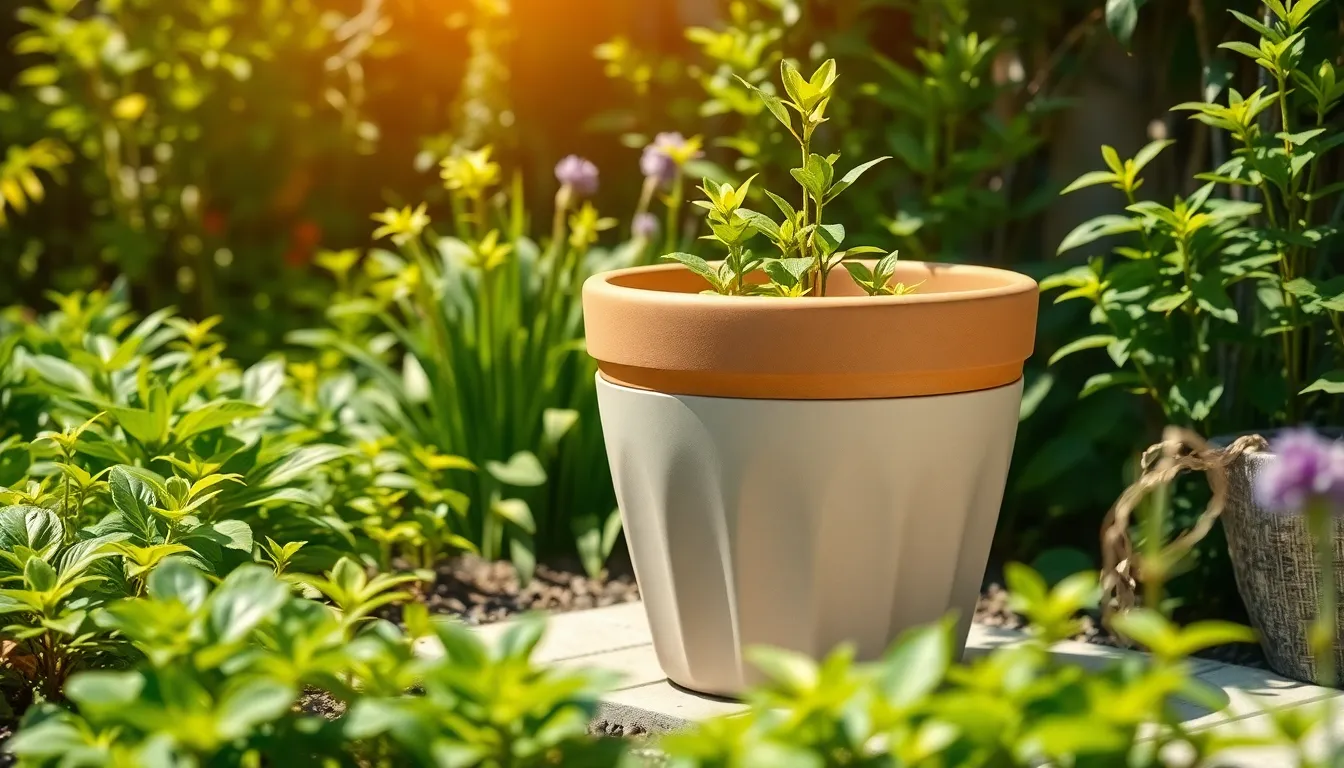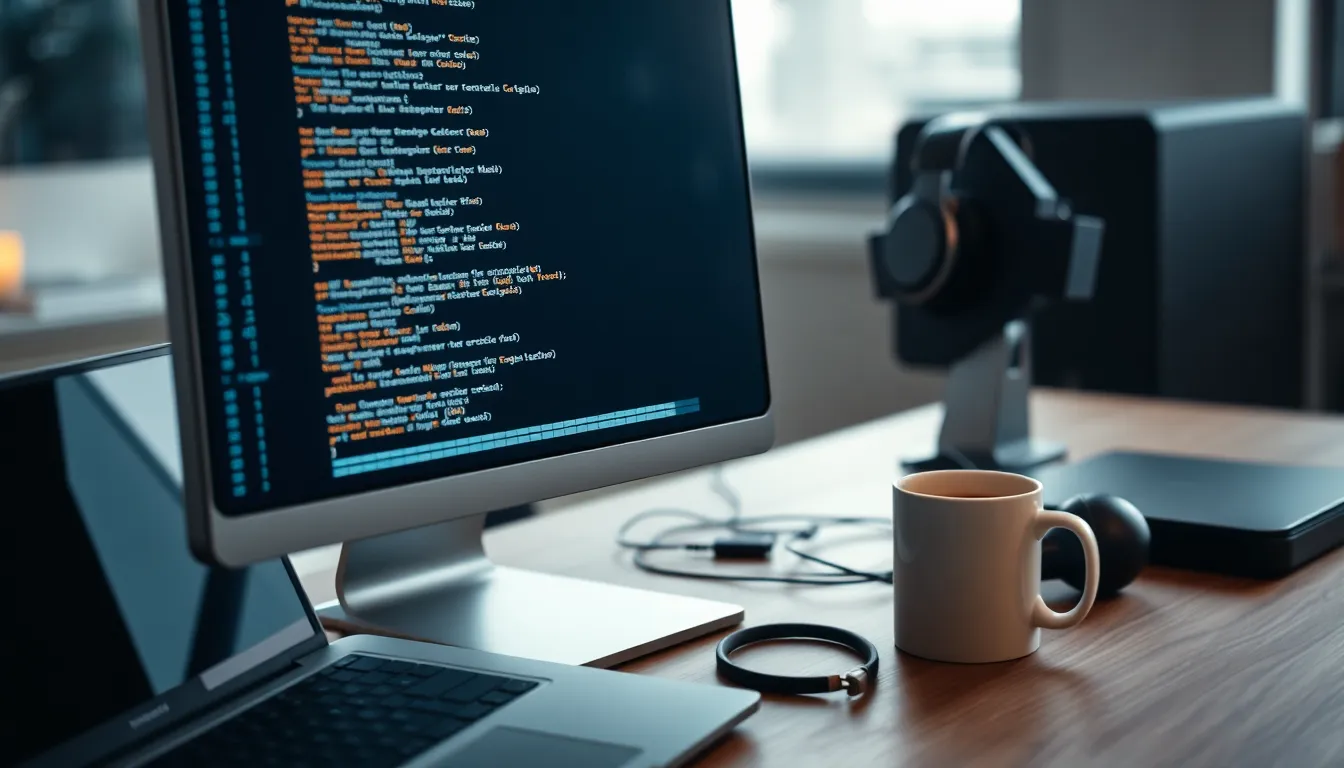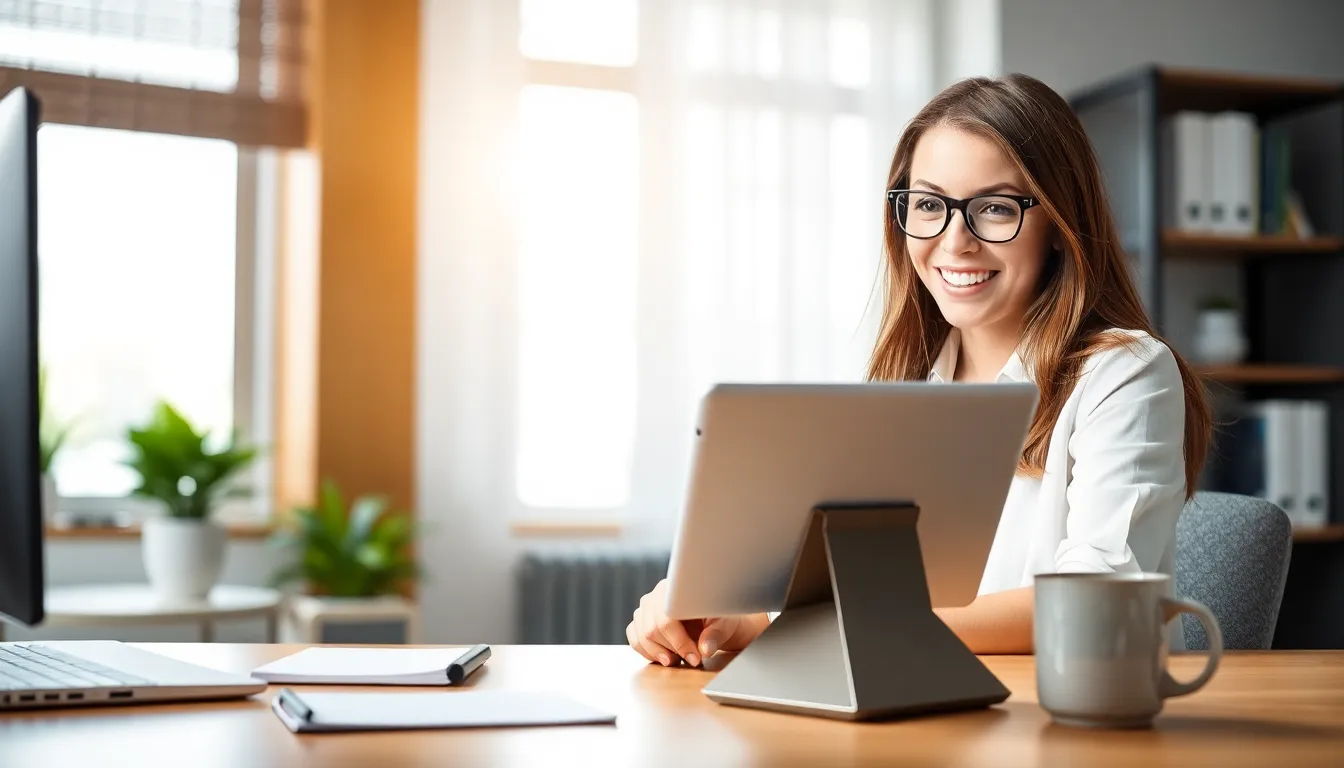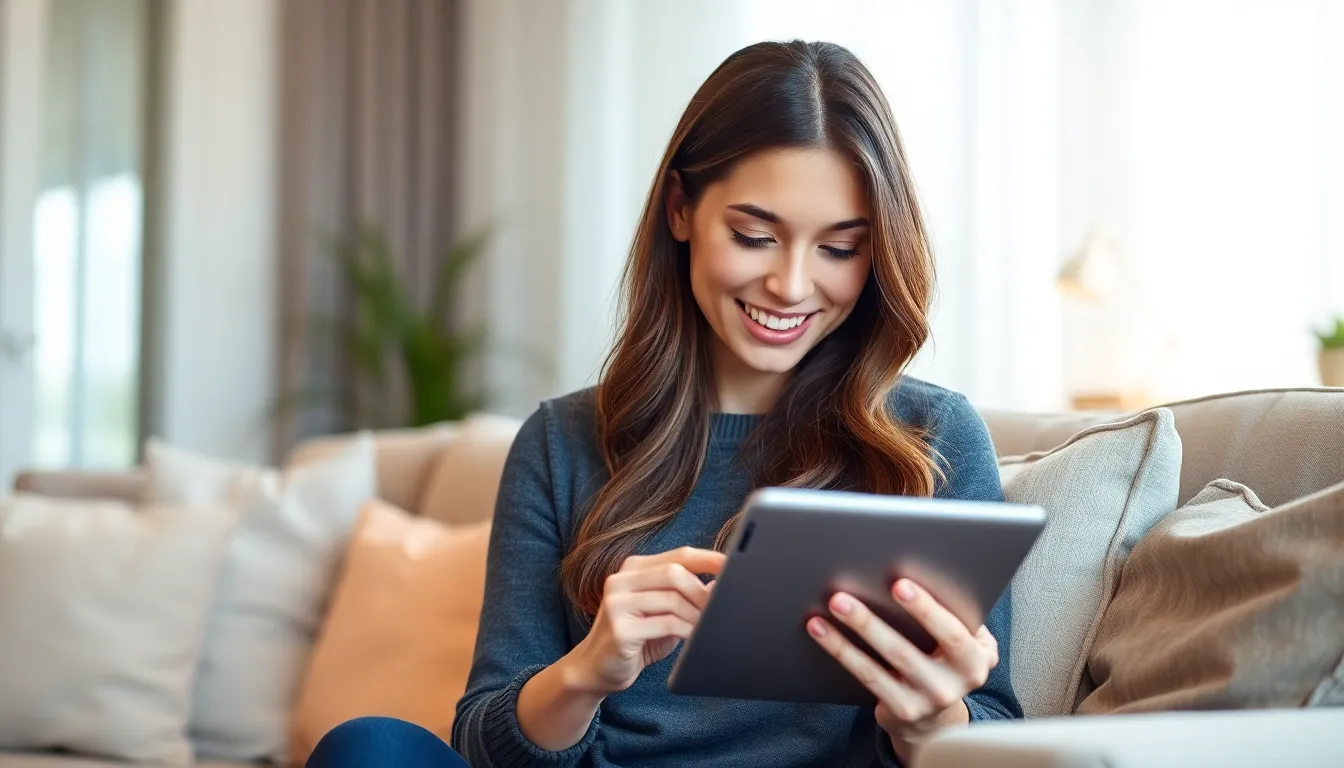In a world where screens dominate our lives, the blue light emitted by devices like the iPhone 13 can feel like a relentless adversary. It’s like that friend who keeps talking at a party long after everyone else has moved on. While it might seem harmless, too much blue light can lead to eye strain and disrupt sleep. Luckily, there’s a way to send that pesky blue light packing!
Turning off blue light on the iPhone 13 is as easy as pie—if pie were a tech-savvy dessert that knew its way around settings. With just a few taps, users can enjoy a more soothing screen experience that’s easier on the eyes. So, let’s dive into the simple steps that’ll have your iPhone glowing in a warm, cozy hue, leaving the blue light out in the cold.
Table of Contents
ToggleOverview of Blue Light
Blue light refers to the high-energy visible light emitted from screens like the iPhone 13. It plays a crucial role in regulating the body’s natural sleep-wake cycle but can also lead to eye discomfort when overexposed.
What Is Blue Light?
Blue light encompasses a spectrum of visible light with wavelengths between 380 and 500 nanometers. Natural sources include sunlight, which presents the most significant exposure throughout the day. Artificial sources consist of LED lights, smartphones, and computer screens. Devices like the iPhone 13 emit this light, impacting user experience significantly.
Effects of Blue Light on Eye Health
Excessive exposure to blue light can lead to digital eye strain, characterized by symptoms such as dryness, irritation, and fatigue. Reports indicate that frequent device users experience these symptoms more regularly. Prolonged exposure may also disrupt sleep patterns by inhibiting melatonin production, affecting overall health. Strategies to mitigate these effects exist, making it essential for users to understand their blue light exposure levels.
How to Turn Off Blue Light on iPhone 13
Adjusting blue light settings on the iPhone 13 enhances screen comfort and reduces eye strain. Several methods help achieve this effect.
Using Night Shift
Night Shift adjusts the display’s colors to warmer tones during evening hours. Users can enable this feature by navigating to Settings, then Display & Brightness, and selecting Night Shift. After enabling it, one can schedule it to activate automatically based on sunset times. This adjustment reduces blue light exposure significantly, making late-night browsing more comfortable.
Applying True Tone
True Tone creates a natural viewing experience by automatically adjusting the display’s color temperature based on surrounding lighting. To activate it, users simply head to Settings, then Display & Brightness, and toggle on True Tone. This feature ensures that colors appear consistent in various lighting conditions, resulting in less eye strain and better color accuracy.
Enabling Dark Mode
Dark Mode adjusts the iPhone’s interface to darker colors, reducing glare and blue light emission. Users can enable Dark Mode by going to Settings, tapping Display & Brightness, and selecting Dark under Appearance options. This setting not only helps to minimize blue light but also contributes to a more visually soothing experience, especially in low-light environments.
Additional Tips for Reducing Blue Light Exposure
Reducing blue light exposure involves additional methods that complement the iPhone’s built-in features.
Blue Light Filtering Apps
Several apps provide blue light filtering options for devices. These applications adjust screen color settings, allowing customization based on user preferences. Users often benefit from features like different color temperatures, schedules for activation, and easy adjustments on the fly. Popular options include f.lux and Twilight, which automatically change color temperatures throughout the day. By utilizing these apps, users can further protect their eyes from excessive blue light while enjoying their screens.
Screen Protectors and Glasses
Specific screen protectors offer blue light filtering capabilities. These protectors reduce the amount of blue light emitted without compromising visibility. Users find that applying such protectors enhances their viewing experience, especially during long sessions. Additionally, specialized glasses are available for those seeking further protection. These glasses filter out blue light while providing comfort and clarity. Finding the right combination of screen protectors and glasses can significantly enhance eye comfort for frequent device users.
Benefits of Reducing Blue Light Exposure
Reducing blue light exposure provides several advantages for overall well-being. Enhanced sleep quality is among the most significant benefits, as blue light can interfere with melatonin production, making it difficult to fall asleep. Improved eye comfort follows, as minimizing blue light can decrease symptoms of digital eye strain, such as dryness and irritation.
Better focus and productivity are also realized, especially during evening hours when reduced blue light exposure supports a more relaxed environment. Mental health may see positive effects too, as better sleep and reduced eye strain correlate with lower stress levels and improved mood.
Incorporating blue light reduction techniques may lead to long-term eye health improvements. Research indicates that consistent exposure to blue light contributes to potential retinal damage, so taking proactive steps helps preserve vision over time. Enhanced visual clarity comes with fewer distractions, allowing for greater concentration on tasks at hand.
Adopting practices for reducing blue light exposure benefits not just individuals but can positively impact their social interactions. Friends and family can enjoy quality time without the strain typical of excessive device usage. Overall, decreasing blue light exposure fosters a more balanced lifestyle.
Reducing blue light exposure on the iPhone 13 is essential for enhancing comfort and promoting better sleep. By utilizing features like Night Shift, True Tone, and Dark Mode, users can create a more soothing screen experience.
Incorporating additional strategies such as blue light filtering apps and specialized glasses further supports eye health. Adopting these techniques not only alleviates digital eye strain but also fosters improved focus and productivity.
Ultimately, taking steps to minimize blue light exposure leads to a healthier relationship with technology, allowing for more enjoyable interactions with friends and family while safeguarding overall well-being.


